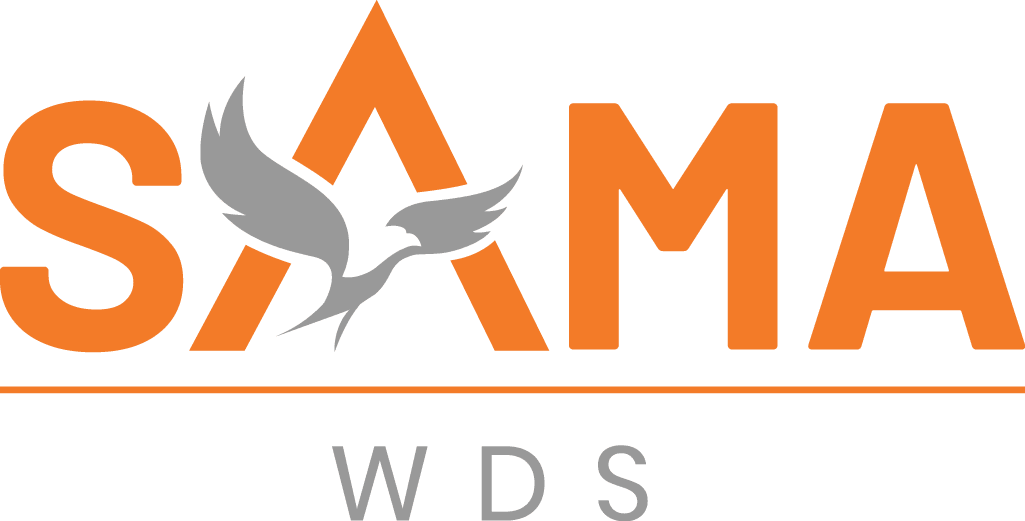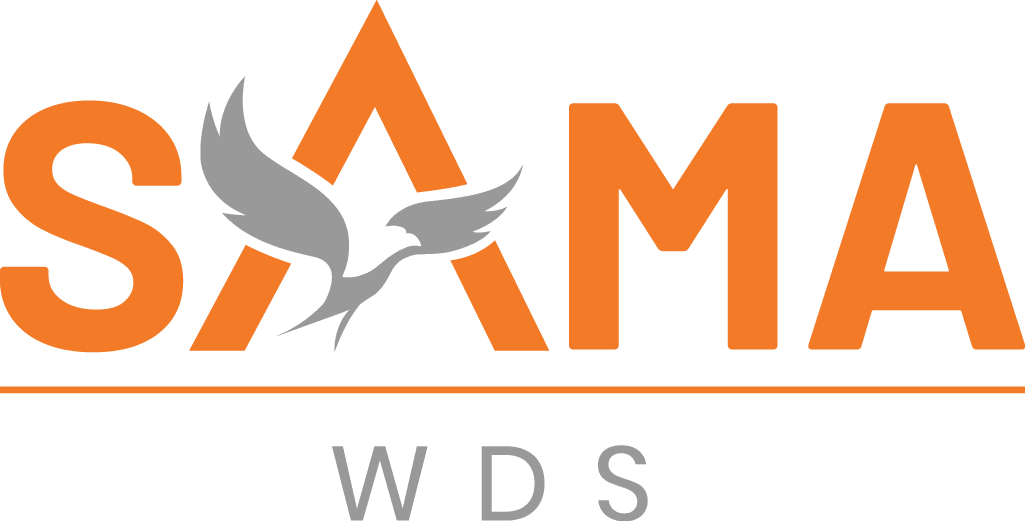
Optimizing Workday HCM: Advanced Configuration for Multi-Tenant Global Organizations
In today’s rapidly globalizing business landscape, organizations are increasingly operating across borders with complex, distributed workforces. This expansion comes with the challenge of managing diverse HR needs—from compliance with local regulations and cultural adaptations to ensuring secure, high-performing HCM systems across all regions. Workday Human Capital Management (HCM) stands out as a cloud-native solution tailored to address these complexities. However, optimizing it for multi-tenant global organizations requires advanced configuration strategies that go beyond out-of-the-box deployment.
This article explores the advanced configuration capabilities of Workday HCM for multi-tenant environments and global enterprises. You’ll gain insights into technical architectures, tenant isolation, compliance frameworks like GDPR, advanced role-based access controls, and seamless third-party integrations—each illustrated with real-world use cases and best practice frameworks. Whether you are an HR technology leader, Workday consultant, or IT architect, this comprehensive guide will help you elevate your global Workday HCM strategy to enterprise-grade standards.
Ready to master your Workday HCM advanced configurations?
Sama delivers expert Workday HCM consulting and multi-tenant configuration services, helping global organizations implement sophisticated tenant architectures, optimize cross-regional HR processes, and achieve unified workforce visibility across diverse business environments.

Section 1: Multi-Tenant Architecture Foundation
Understanding Workday’s Multi-Tenant SaaS Architecture
Workday’s architecture is inherently multi-tenant, meaning all customers share a single software instance while keeping their data isolated. This approach enables:
- Frequent feature updates
- Lower total cost of ownership (TCO)
- Faster deployments and upgrades
Yet, large enterprises operating multiple legal entities or regions often implement sub-tenant isolation through domain security policies, role segmentation, and custom business process configurations.
Tenant Isolation Strategies
In high-security environments, data segmentation is essential. Workday enables this through:
- Tenant-specific domain security policies: Configured to control access by worker type, location, company, or organization.
- Scoped roles: Granting access based on geography or entity.
- Data segmentation via supervisory organizations and location hierarchy.
For example, a global manufacturing firm may create separate supervisory orgs for EMEA, APAC, and Americas and assign custom roles with region-specific access and approval chains.
Resource Allocation and Performance Considerations
Enterprises with 100K+ workers across geographies must proactively plan for:
- Concurrent transaction volume: During peak payroll or performance review periods.
- Large batch job impact: Like EIB loads or mass updates.
- Tenant-level resource throttling: Through optimized batch timings and integration schedules.
Workday Community provides guidance to use Workday Performance Assistant to analyze object-level performance bottlenecks.
Cross-Tenant Data Sharing Protocols
While each tenant is logically separated, cross-entity data visibility (e.g., for global HR dashboards) is possible by:
- Utilizing Composite Reports with secured calculated fields.
- Creating global views with visibility filters via role-based segmentation.
Customization Approaches in Shared Architecture
Customization is managed via:
- Custom Business Processes per supervisory org or region.
- Conditional logic in approval chains and validations.
- Workday Extend apps for tenant-specific workflow augmentation.
🔗 Internal Link: Workday Consulting Services
Section 2: Global Configuration Strategies
Meeting Regional Compliance Requirements
Global enterprises must comply with:
- GDPR (EU): Ensuring lawful basis for processing, purpose limitation, and data minimization.
- CCPA (California): Providing opt-out rights and detailed notices.
- India’s PDP Bill: Local data storage and cross-border processing restrictions.
In Workday, these are handled via:
- Consent frameworks in BP configuration
- Document category control by geography
- Audit logs and data purging options for data minimization
Localization and Cultural Adaptations
Localization goes beyond language:
- Country-specific holiday calendars
- Leave types (e.g., Compensatory off in India, 13th-month pay in Philippines)
- Localization packs: Workday provides pre-configured content for >100 countries.
Language packs can be deployed with fallback to English. Custom labels are used to reflect local terminologies.
Multi-Currency and Taxation Setup
Enterprises operating in dozens of currencies must:
- Enable real-time FX conversions using Workday’s currency conversion rates engine.
- Configure country-specific taxation rules (e.g., GST in India, VAT in UK).
- Use multicurrency payroll input and output files for third-party integrations.
Time Zone Management
Business processes (BPs), integrations, and audits must respect:
- User-level time zone settings
- Location-based time zone scheduling for batch jobs
- Daylight Saving Time considerations in report scheduling and notification triggers.
Country-Specific HR Processes
Some examples:
- France: Employee representative processes
- Japan: Lifetime employment and periodic review norms
- Brazil: Electronic tax file submissions via SPED integration
🔗 Internal Link: Navigating Workday Implementation Challenges
Ready to master your Workday HCM advanced configurations?
Sama delivers expert Workday HCM consulting and multi-tenant configuration services, helping global organizations implement sophisticated tenant architectures, optimize cross-regional HR processes, and achieve unified workforce visibility across diverse business environments.

Section 3: Advanced Security and Governance
Role-Based Access Control (RBAC) Optimization
RBAC in Workday uses security groups and domain policies to control who can:
- View
- Modify
- Initiate business processes
Best practices:
- Use User-Based Security Groups (UBSGs) for individual assignments.
- Apply Segment-Based Security Groups for dynamic regional or functional access.
- Employ Intersection Security Groups to combine rules.
Domain Security Policies
Each functional domain (Compensation, Staffing, Time Off) has its own:
- View, modify, initiate, delete permissions
- Effective-dated rules for audit compliance
You can also create Security Policies by Organization to enforce org-based visibility segmentation.
Data Privacy and Encryption Controls
Workday follows:
- AES-256 encryption at rest
- TLS 1.2+ for data in transit
- Field-level encryption for sensitive fields (e.g., SSNs, tax IDs)
Additionally, configure:
- Custom masking for sensitive fields
- Field access override settings for protected data
Audit Trail Configuration
Enable:
- Business Process Event Audit Reports
- Integration Event Logs
- User Login & Session Logs
- Workday Cloud Platform logs (for Extend apps)
This supports both internal governance and compliance frameworks such as ISO 27001, SOC 2, and HIPAA.
🔗 Internal Link: Ensuring Data Security and Privacy by Implementing Workday
Section 4: Performance Optimization Techniques
System Performance Tuning
Monitor:
- Object load times
- Report generation speed
- Business process execution time
Utilize Workday’s:
- Performance Dashboard
- Object Usage Analytics
- BP Benchmarking Tools
Database Optimization Strategies
While Workday manages database infrastructure, admins can:
- Optimize report joins, avoid large custom calculated fields
- Use indexed fields in custom reports
- Limit live vs. advanced analytics depending on usage frequency
Monitoring and Alerting Setup
Key Workday tools:
- Workday Monitor for batch jobs
- Workday Alerts for integration failures
- Notifications Hub for central alert management
Scalability Planning
For global rollout:
- Use tenant cloning to simulate regional configurations
- Implement staggered go-lives by location
- Plan for peak load simulations pre-deployment
🔗 Internal Link: How to Optimize Your HR Service Delivery Model with Workday
Ready to master your Workday HCM advanced configurations?
Sama delivers expert Workday HCM consulting and multi-tenant configuration services, helping global organizations implement sophisticated tenant architectures, optimize cross-regional HR processes, and achieve unified workforce visibility across diverse business environments.

Section 5: Integration Architecture Best Practices
API Management and Rate Limiting
Workday supports:
- REST & SOAP APIs
- Outbound & Inbound EIBs
- Workday Studio connectors
Best practices:
- Use API throttling controls to prevent overloading
- Apply OAuth 2.0 token expiration monitoring
- Segment APIs by system function (HRMS, Payroll, Benefits)
Real-Time vs Batch Integration
- Real-Time (e.g., Workday Web Services): Use for user provisioning, punch-in/out syncing
- Batch (e.g., EIB or Studio): Use for mass data loads like compensation or payroll
Use Workday Integration Cloud Connectors for prebuilt integration logic (e.g., ADP, SuccessFactors).
Error Handling and Retry Mechanisms
Implement:
- Try-Catch workflows in Studio
- Error routing via alert worklets
- Conditional logic for retry queues
Data Transformation and Mapping
Use:
- XSLT transforms for XML data in Workday Studio
- Calculated Fields for on-the-fly field derivations
- Lookup tables for cross-system code mapping
Third-Party Connectivity
Connect to:
- Salesforce, ServiceNow, SAP
- Payroll vendors (e.g., ADP, Ceridian)
- Background check and learning systems
🔗 Internal Link: Workday Integration Services
Conclusion and Next Steps
Workday HCM advanced configuration is not just about flipping system switches—it’s about architecting a scalable, secure, and globally compliant ecosystem that meets the nuanced needs of modern enterprises. From securing multi-tenant architecture to optimizing global compliance workflows, performance tuning, and intelligent integrations, each element requires strategic planning, deep platform knowledge, and real-world experience.
Organizations that invest in expert-led Workday optimization can see measurable improvements in:
- User adoption rates
- Process automation efficiencies
- Regulatory compliance readiness
- Total cost of ownership (TCO)
To unlock the full potential of Workday HCM, partner with certified consultants who understand the platform’s inner workings.
Ready to master your Workday HCM advanced configurations?
Sama delivers expert Workday HCM consulting and multi-tenant configuration services, helping global organizations implement sophisticated tenant architectures, optimize cross-regional HR processes, and achieve unified workforce visibility across diverse business environments.

